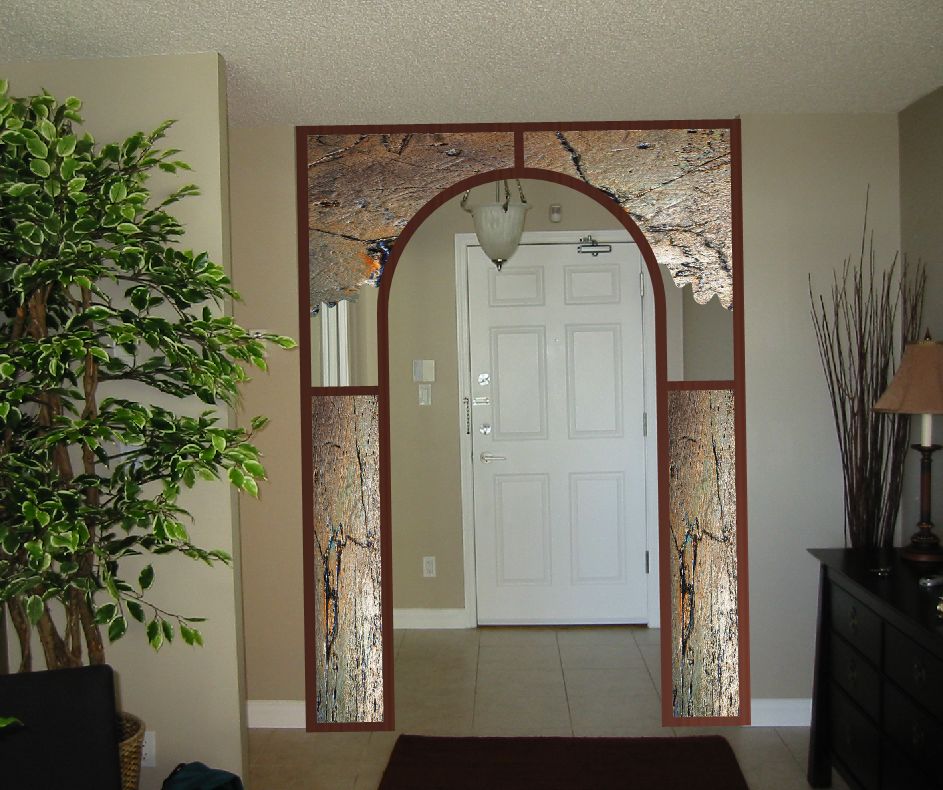Troubleshooting Gluing Problems with Pine
The heat of lumber drying can interfere with glue adhesion to pine surfaces. March 18, 2006
Question
I have been contacted by someone who is having problems face-gluing 2" pine boards. He tried PVA and polyurethane (gorilla) and had lots of delamination. He is now having better luck with "water-based rosin adhesive." He checks the MC (10%) and planes the boards before lay-up. There is glue in the failed bond, and no wood failure. I haven't seen the pieces yet but everything else sounds ok to me, so I thought maybe not enough clamping pressure. Does anyone have any suggestions?
Forum Responses
(Adhesive Forum)
From contributor A:
Dull knives, crushed fiber, too short of clamp time, too little pressure, or maybe he waited too long before getting the clamps on.
From contributor B:
We glue a lot of SYP. We have had occasional problems. What is the temperature of the wood, glue and the area where it is drying? If any of these are below 55 degrees until dry, you will have the problem you describe. Also some SYP that is heavy with sap will also not allow the glue to penetrate.
From Gene Wengert, Sawing and Drying forum technical advisor:
Much of the pine lumber one buys at the lumber store has been dried at 240 F. This destroys the surface's ability to be glued. When gluing, is he resurfacing the lumber prior to gluing? This is essential for pine and some other woods too.
From contributor D:
To Gene Wengert: That's a fascinating point about the heat. Could you explain in more detail what breakdown occurs on the surface? I'm also a little curious that this happens when all KD lumber I know of is milled after drying is complete. Other possible problems could be accumulated fine grime, and/or the burnishing that happens as lumber is repeatedly moved and stacked.
From From Gene Wengert, Sawing and Drying forum technical advisor:
I do not want to go into great detail about how much pine (but not all) is dried. However, it is common to have high temperature which inactivates the surface of wood and potentially deeper too. The planers also can burnish the surface, so gluing is difficult. Sanding slightly to achieve a new surface can be very helpful. As you mentioned originally, he planes the wood - but maybe he joints it and then high pressure is needed to push the pieces flat and to achieve intimate contact. Something is not right, as generally pine is fairly easy to glue.
From contributor D:
One thing I might mention to you is that the glues, such as Titebond, Elmer’s, and others require moisture. If pine is too dry the glue will not work properly. I've found pine dried below 12% or so to begin to show problems when gluing. While this may or may not relate to your problem I can testify it once did to my operation in gluing up tops. The glue people can probably offer good advice, and if possible the failed versus the successful glue-ups could be monitored for MC and maybe find a parallel between MC and glue failure. There are so many factors involved such as temperature, proper clamp pressure, MC, type of glue being used, type of wood being glued, etc.
From the original questioner:
Thanks to all those who replied. Clamping pressure has been increased and the problem appears to have been solved.
